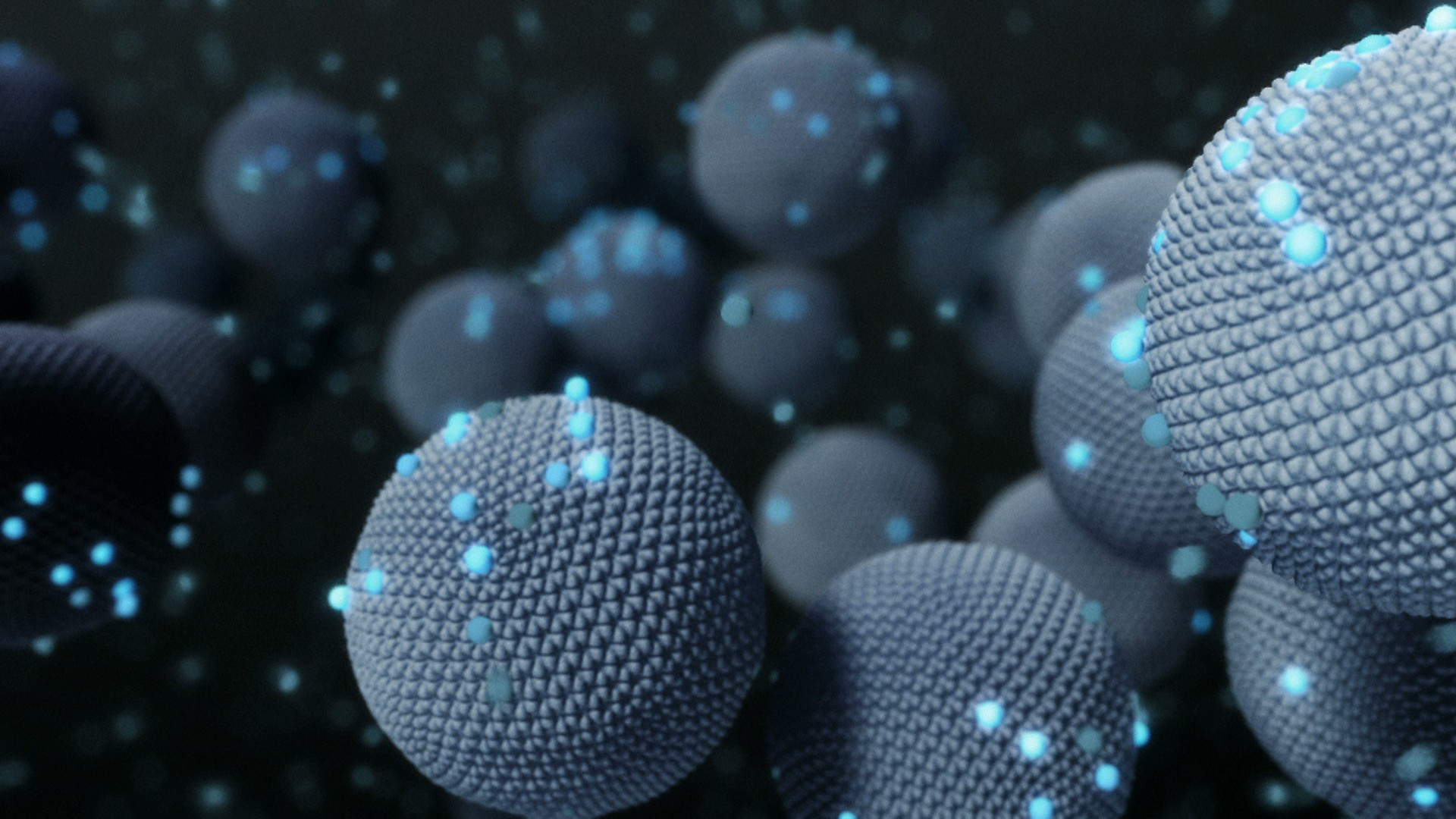We are already familiar with the effects of Phase 1 of the nanotechnology revolution. It is referred to Graphene, a super strong waterproofing material for water purifying and battery power improving.
Phase 1 provides the creation of Passive Nanostructures. These products are already on the market. Phase 2 products include Active Nanostructures. They are now in the laboratory experimental stage. These active structures will interact with their environment at a molecular level. Having created these Active Nanostructures, it will be possible to create products of Phase 3 and 4 products, which are already designed.it is three-dimensional heterogeneous molecular nanosystems with each molecule having specific structure and role. They will help to create nano robots able to perform different tasks.
Advanced Phase 3 and 4 products are expected to be on the market within 30 years. The invisible robotic units will be created to enhance human body, computers, power supplies, and transportation systems.
Active Nanostructure research is mostly conducted in the field of nanomedicine. Since 2010 there were developed two nanotechnology-based cancer drugs – Doxil and Abraxane. They are already tested and are on the market.
Cancer cells detection depends on the ability to monitor slight changes in the cells composition at the molecular level. Nanotechnology will allow to do this much more precisely than ever before. Nanodevices are able to see the areas of the body once accessible only on the operating table. By the 2020's nanodevices are expected to track cancerous cells and allow early diagnosis.


